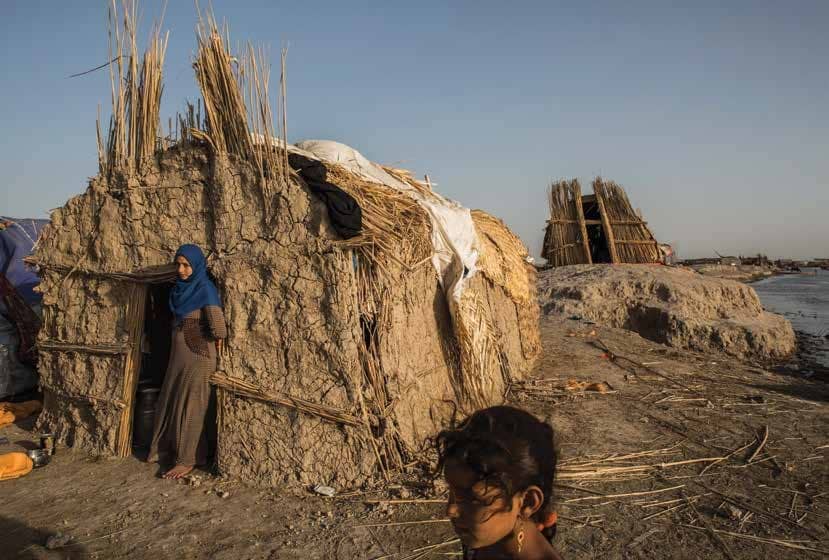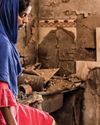How climate change threatens one of the world’s oldest cities

The temperature was nearly forty degrees Celsius when I left the Iraqi capital of Baghdad at dawn on 20 June 2018. I was riding in a bus with a group of local environmental activists, who pointed out the monuments of their beloved, but war-torn, city.
As soon as Baghdad was left behind, large stretches of palm trees appeared over the horizon, and the landscape changed. The grey, concrete T-shaped walls, designed to protect from explosions, gradually gave way to small shrubs and high, green-leafed reeds. In the distance, small huts began to appear, made with ancient building methods, using mud, straw and reeds.
We drove through the city of Nasiriyah, famous for its dates, and for being the scene of a bloody battle, in 2003, that ousted the former dictator Saddam Hussein. We passed the great ziggurat of Mesopotamia. We finally reached our destination—Ur, one of the oldest cities in the world.
We were welcomed in Ur by Ali Khadim Ghanin, the director of the archaeological site, who personally meets the few tourists who visit. He pointed at the decrepit arch of the Edublalmah temple. “It’s the oldest unrestored arch we have from the antiquity of man,” he said.
Having survived centuries of war, Iraq’s historic sites risk being destroyed by the depredations of climate change. Ghanin called for an urgent conservation project to protect the site from environmental damage. “If we don’t act quickly, the ancient city of Ur could disappear due to wind erosion and increasingly harsh environmental conditions,” he told us.
This story is from the June 2019 edition of The Caravan.
Start your 7-day Magzter GOLD free trial to access thousands of curated premium stories, and 8,500+ magazines and newspapers.
Already a subscriber ? Sign In
This story is from the June 2019 edition of The Caravan.
Start your 7-day Magzter GOLD free trial to access thousands of curated premium stories, and 8,500+ magazines and newspapers.
Already a subscriber? Sign In

Mob Mentality
How the Modi government fuels a dangerous vigilantism

RIP TIDES
Shahidul Alam’s exploration of Bangladeshi photography and activism

Trickle-down Effect
Nepal–India tensions have advanced from the diplomatic level to the public sphere

Editor's Pick
ON 23 SEPTEMBER 1950, the diplomat Ralph Bunche, seen here addressing the 1965 Selma to Montgomery March, was awarded the Nobel Peace Prize. The first black Nobel laureate, Bunche was awarded the prize for his efforts in ending the 1948 Arab–Israeli War.

Shades of The Grey
A Pune bakery rejects the rigid binaries of everyday life / Gender

Scorched Hearths
A photographer-nurse recalls the Delhi violence

Licence to Kill
A photojournalist’s account of documenting the Delhi violence

CRIME AND PREJUDICE
The BJP and Delhi Police’s hand in the Delhi violence

Bled Dry
How India exploits health workers

Status Update
India’s telling silence on the Hagia Sophia controversy